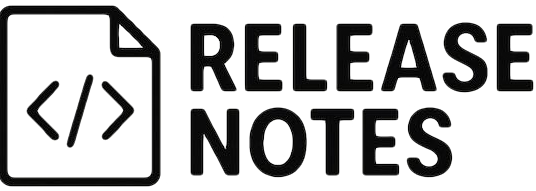
Should I Worry About GDPR?
Many organisations don’t know what data they hold on EU customers so it might be worth checking your data storage, retrieval and access policies are
A contact page is one of the simplest areas of a website, but it’s also one of the most important. When a visitor clicks “Contact,” they’ve already shown intent. They want to get in touch, ask a question, or take the next step towards becoming a customer. It should be the easiest step on your website. Yet many businesses treat the contact page as an afterthought. The result is a page that frustrates users, damages trust, and loses leads.
For businesses in Canberra, Queanbeyan and Googong, your contact page is often the first point of real interaction between you and a potential customer. Getting it wrong could mean losing them to a competitor. Getting it right could mean winning a sale, a booking, or a long-term client. Let’s look at the most common mistakes businesses make on their contact pages and how you can avoid them.
Not everyone wants to fill out a form. Some people prefer to pick up the phone and talk to a real person. If your number is missing, hidden at the bottom of the page, or not clickable on mobile, you’re making it harder for people to connect. A phone number displayed prominently shows you’re approachable and ready to help. For local businesses, it also signals that you’re genuine and based in the region, not a faceless operation.
Few things frustrate customers more than a broken form. We’ve seen websites with forms that don’t send, forms that don’t tell users their submission was successful, or forms that ask for far too much detail. Keep it simple. Name, email, and a message box are often enough. Add a confirmation message or redirect to a thank-you page so customers feel reassured that their message has been received. Better still, send an auto-reply email letting them know when to expect a response. This small step builds trust.
One of the easiest ways to make your contact page work harder is to show where you are. Even if you don’t run a storefront, including your location helps build credibility. Adding a simple Google Map, mentioning the suburbs or regions you serve, or even writing “Based in Googong, serving Canberra and Queanbeyan” can make people feel more comfortable reaching out. Local presence matters, especially in the ACT where people prefer doing business with someone nearby.
Customers like choice. Some people will call, others will email, and some will prefer a form. If your page offers only one method, you’re forcing customers into a channel they may not like. At minimum, include a form and an email address. A phone number is even better. For some businesses, adding a live chat option during office hours can improve conversions, but the key is to give people at least two ways to get in touch.
A contact page is more than just functional. It’s also a chance to build confidence and encourage action. Adding your office hours, response times, or even a friendly message such as “We reply to all enquiries within one business day” can reassure people they won’t be ignored. Testimonials or a quick link to reviews can also help, reminding visitors they’re dealing with a trusted business.
Your contact page can also nudge people further along their journey. For example, linking to FAQs can answer quick questions before a message is sent. Providing links to service pages can help people learn more if they’re not quite ready to reach out. Even something as simple as a call-to-action button leading back to your booking page can stop visitors from leaving without taking action.
When you think about it, the contact page is more than just a form or a phone number. It’s a trust signal. A strong contact page tells visitors you are open, responsive and available. A weak one does the opposite, leaving people wondering if their enquiry will disappear into a void. For businesses in the Canberra region, where personal connections still matter, this page can make or break a first impression.
So how should a great contact page look? It should include a clear phone number, an easy-to-use form, and a visible email address. It should show your location, even if you don’t have a shopfront, and it should reassure customers with opening hours, response times or a simple confirmation. Above all, it should feel like an open door, welcoming people in rather than putting barriers in their way.
At Asporea Digital, we help businesses across Canberra, Queanbeyan and Googong design websites that work. A well-crafted contact page might seem like a small detail, but it’s often the difference between gaining a customer and losing one. If your website isn’t delivering the leads you expect, it may be time to rethink the way people connect with you online.

Did you enjoy this read? Release Notes is a newsletter that lands in your inbox once a month with one focused idea, a quick how to, and a tiny check to measure progress. Subscribe to get a monthly note focused on better site management, optimised websites and steps you can take to make your site more secure.
Short reads, real results.

Many organisations don’t know what data they hold on EU customers so it might be worth checking your data storage, retrieval and access policies are

One of the most critical aspects of using social media is to drive traffic to your website.

Sometimes, the content that triggers sales the most has nothing to do with product descriptions or “buy now” buttons.
[asporea_chat]
